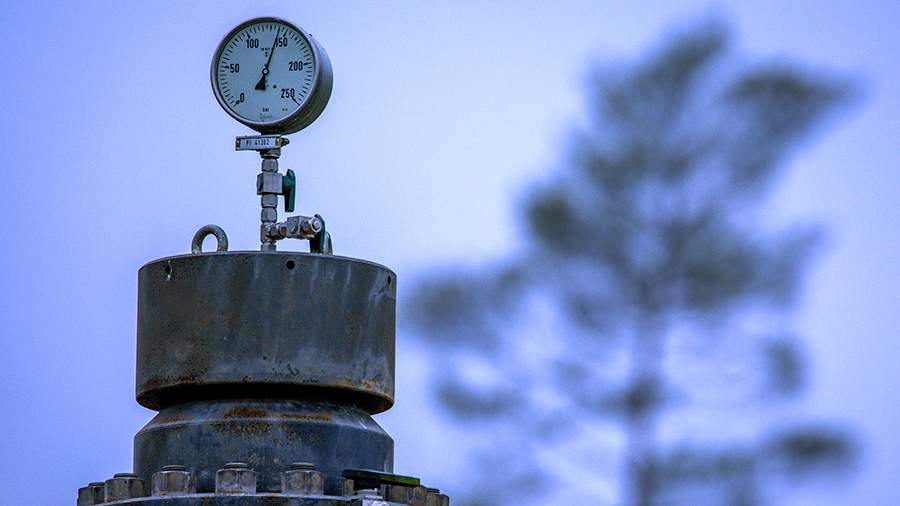
Europe in 2023 will consume 45 billion cubic metres of Russian gas despite EU efforts
By Rhod Mackenzie
The European Commission has stated that the European Union intends to limit the import of Russian gas to 40-45 billion cubic metres by the close of 2023. On November 2, Igor Yushkov, a leading analyst at the Russian National Energy Security Fund and lecturer at the Russian Financial University commented that the EU has no influence over the volume of gas purchases and supplies between Russia and Europe. It is commercial companies that purchase the gas, and there are no current constraints.( gas is not subject to sanctions) He also highlighted that the quantity of supplies will vary based on economic and technical factors, rather than the policies of the European Union.
The EU officials refer to the expected figure,by year-end, and attempt to paint it as pre-planned. Nevertheless, the EU administration does not influence the amount of gas bought or provided from Russia to Europe. It is the commercial enterprises that handle the gas procurement. "There are currently no legal restrictions or sanctions against the import of Russian pipeline gas,or LNG (liquefied natural gas)," said the analyst.
He predicted that the Russian Federation will supply approximately 20-25 billion cubic meters of pipeline gas by the end of this year. This shortage of gas pipelines, according to the analyst, is the primary reason for the increased supply of Russian gas. He recollected that Nord Stream was initially halted due to turbine maintenance and subsequently sabotaged.
Nord Stream 2 never obtained authorization to commence operations, and one of its pipelines was similarly damaged. Concerning the Yamal-Europe gas pipeline, Poland nationalized Gazprom's portion of the operator for the Polish segment of EuRoPol [GAZ], prompting Russia to impose sanctions on the company, rendering the gas pipeline inoperable. Ukraine has blocked one of its two gas pipelines. As a result, only one pipeline remains through Ukraine, with a maximum capacity of about 42–43 million cubic metres per day. Also, there were periods in 2023 when Europeans ordered less gas, so the pipeline was not operating at maximum capacity on every day of the year. Consequently, it is possible to pump approximately 15 billion cubic metres there, although the actual amount may be less. One of the lines of the Turkish Stream has a capacity of 15.75 billion cubic metres and is not always fully loaded, resulting in an output of around 20-25 billion cubic metres," clarified Yushkov.
Furthermore, he stated that an additional 20 billion cubic metres of liquefied natural gas (LNG) has been dispatched from Russia, principally from the Yamal LNG project. The analyst explained that presently, the difference in price between Asia and Europe is not significant. Hence, it is more advantageous to export Yamal LNG to Europe.
"Eventually, the amount will reach approximately 40-45 billion cubic metres. However, this is not a formal accord between the Americans and Europeans; it is a coincidence." In many ways, this has resulted in deindustrialization across Europe, where the industrial consumer is declining gas use rapidly. Over the past year, gas consumption fell by approximately 60 billion cubic metres and it is apparent that there will be a further reduction of 30 billion cubic metres this year. "And only because of this, the market in Europe is balanced, not due to increased supply but due to the decreased demand," Yushkov concluded.
The previous day, Alexey Miller, the head of Gazprom, stated that business representatives in Western countries would favour Russian gas flows returning. He highlighted that Western nations "have always consumed more than they produced, are producing and will produce." At the same time, based on his evaluation, amidst the increasing demand in the upcoming decades, the gas market will continue to be limited for Western nations.
